Buggin' out
Next time, you might want to look before you squish
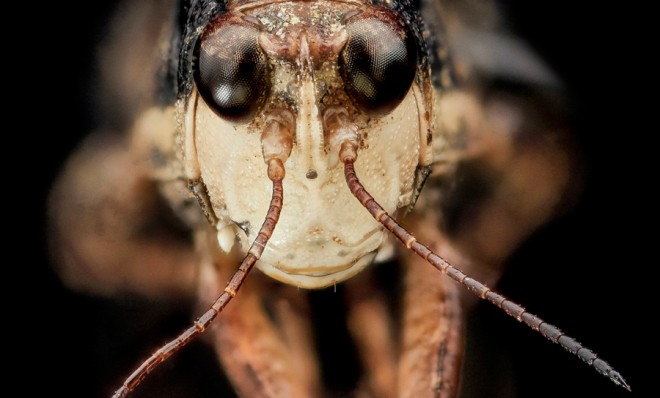

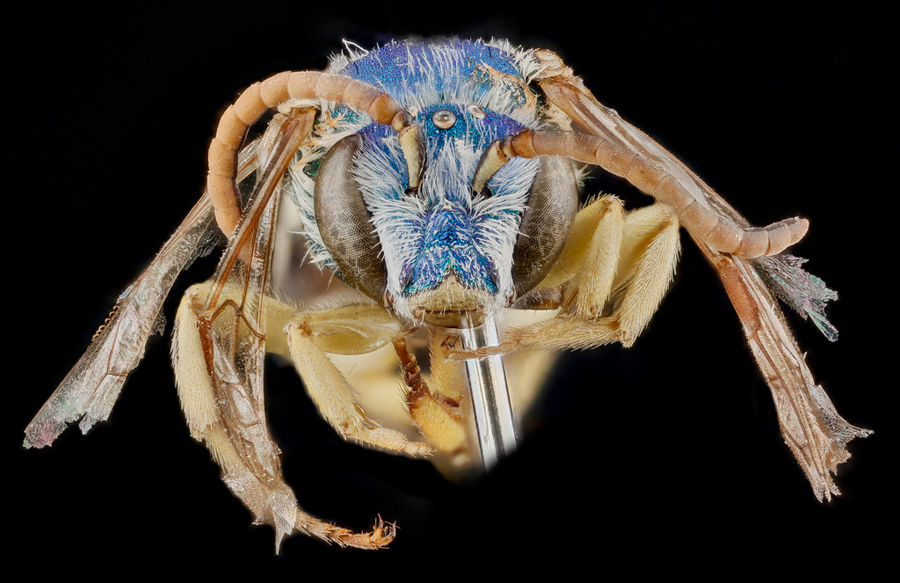
While you're ruthlessly swatting bugs away at backyard picnics, biologist Sam Droege is gently collecting the little critters he finds outside his Maryland home. Why? It's his job, as part of a team of researchers at the U.S. Geological Survey, but he's also just plain fascinated.
"As biologists, this is why we got into the business, not for the money but simply because we are attracted to nature," Droege said in an email. "Now we finally have the ability to share that through these pictures."
Photographing creepy-crawlers is no small task. For the past 18 months, Droege and his team at the Bee Inventory and Monitoring Lab have implemented a detailed imaging process for each specimen. First, the bug is placed in hand sanitizer, which allows it to be positioned without the use of pins. Then a camera outfitted with high-quality quartz crystal glass takes anywhere from 20 to 300 photos from various distances. Finally, the images are compiled using specialized software to create one up-close, in-focus photo.
The Week
Escape your echo chamber. Get the facts behind the news, plus analysis from multiple perspectives.

Sign up for The Week's Free Newsletters
From our morning news briefing to a weekly Good News Newsletter, get the best of The Week delivered directly to your inbox.
From our morning news briefing to a weekly Good News Newsletter, get the best of The Week delivered directly to your inbox.
"Any one of those pictures is a composition of about four hours of work," said Droege.
Below, a selection of some of our favorite bug portraits, accompanied by Droege's commentary.
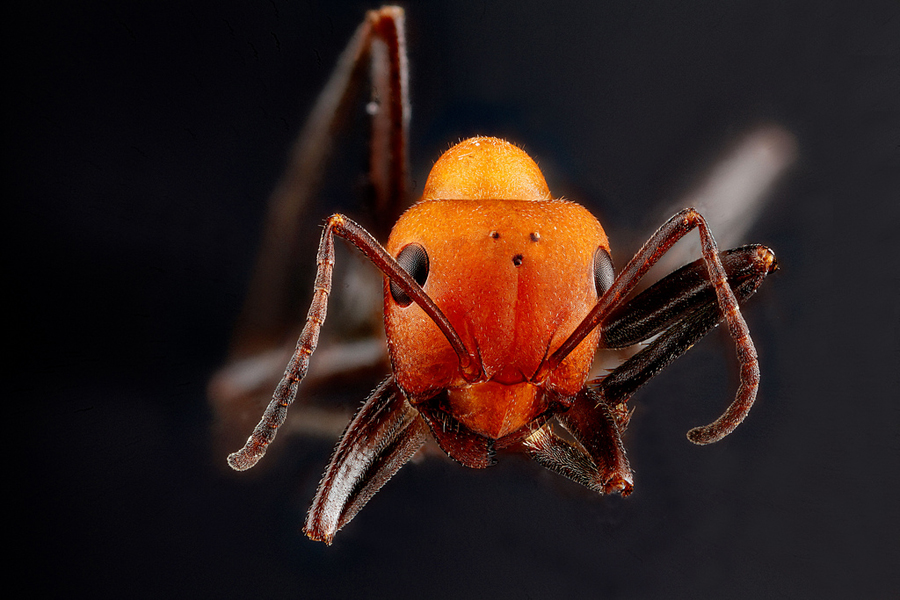
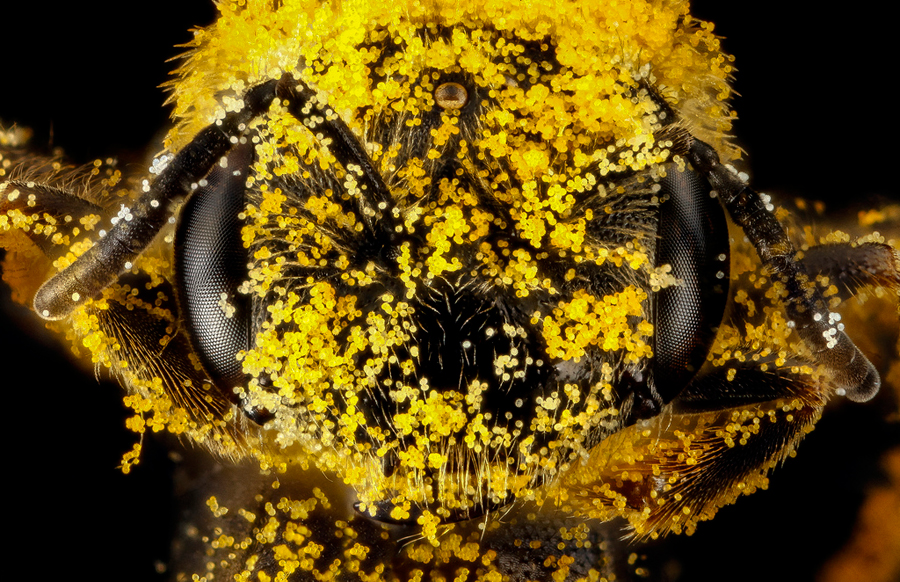
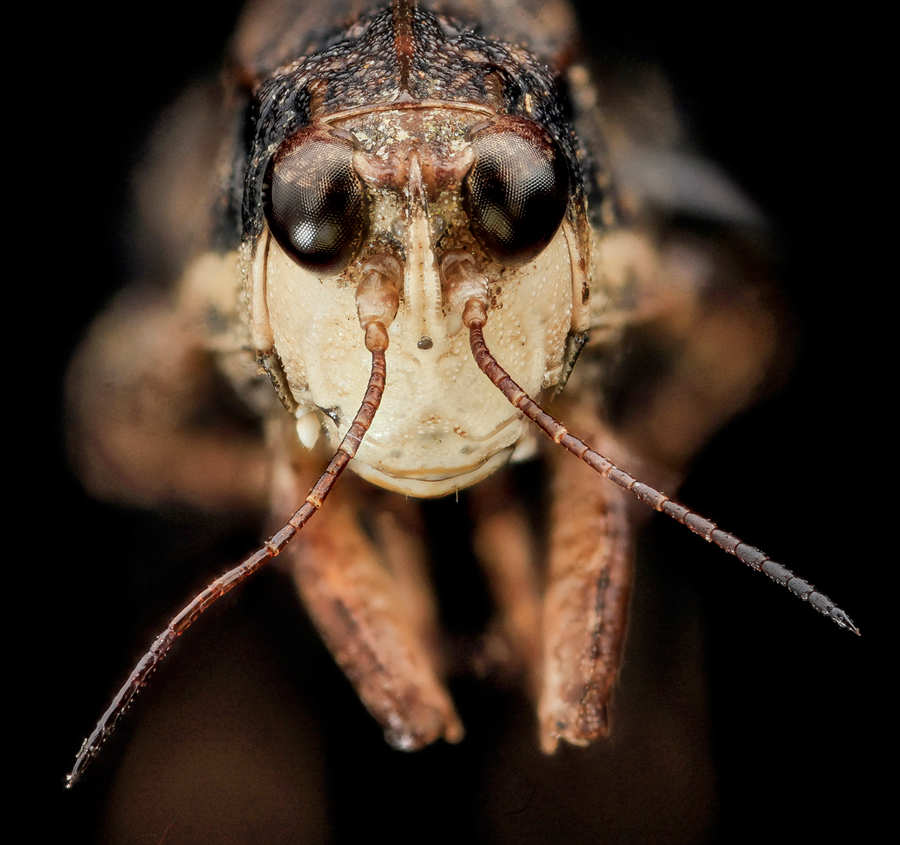
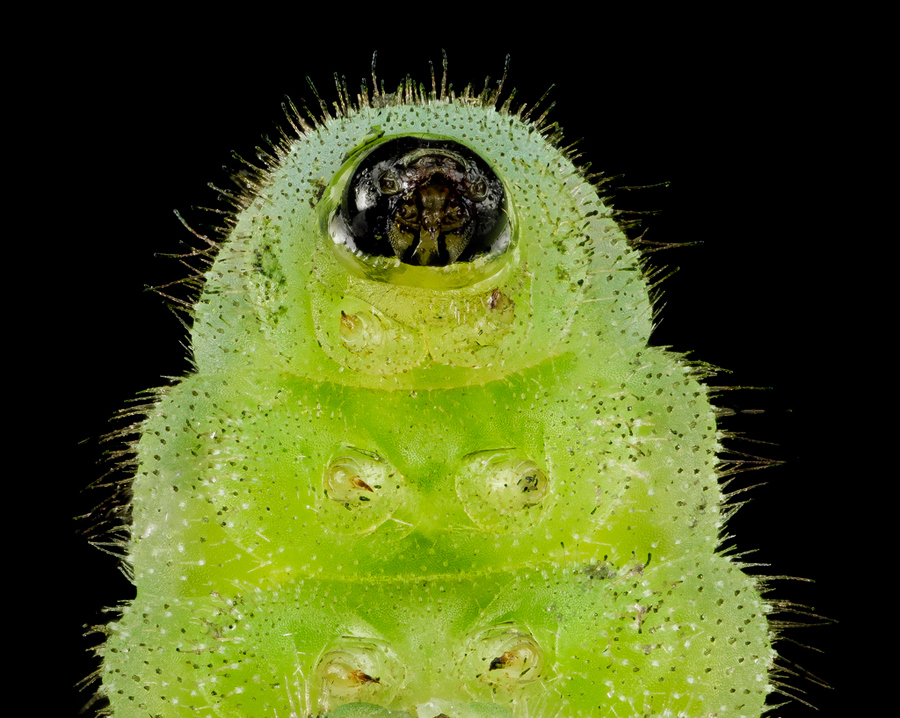
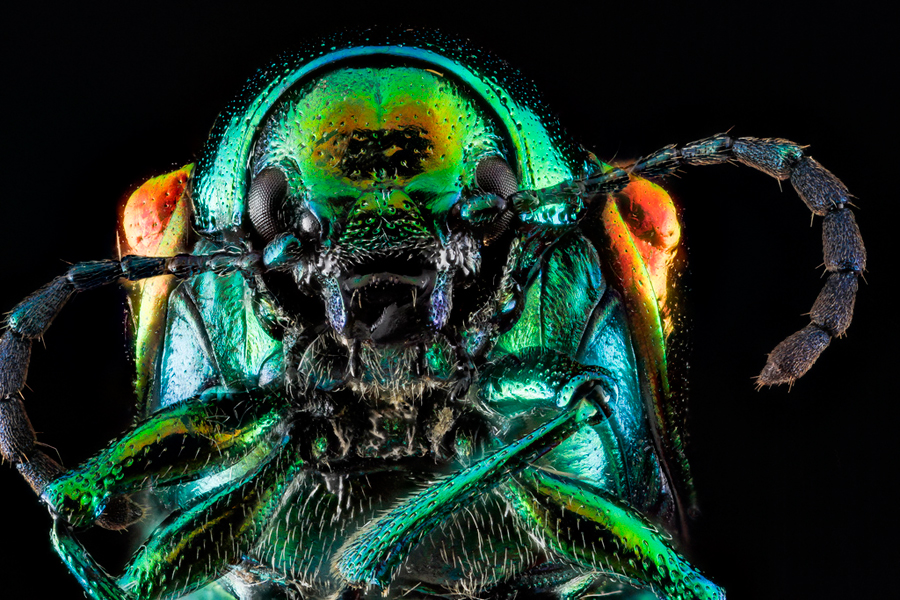
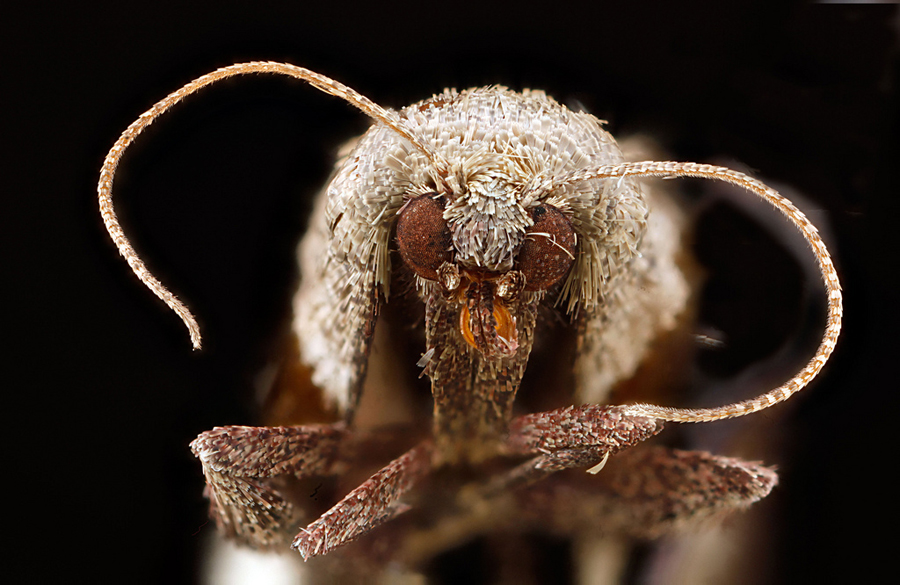
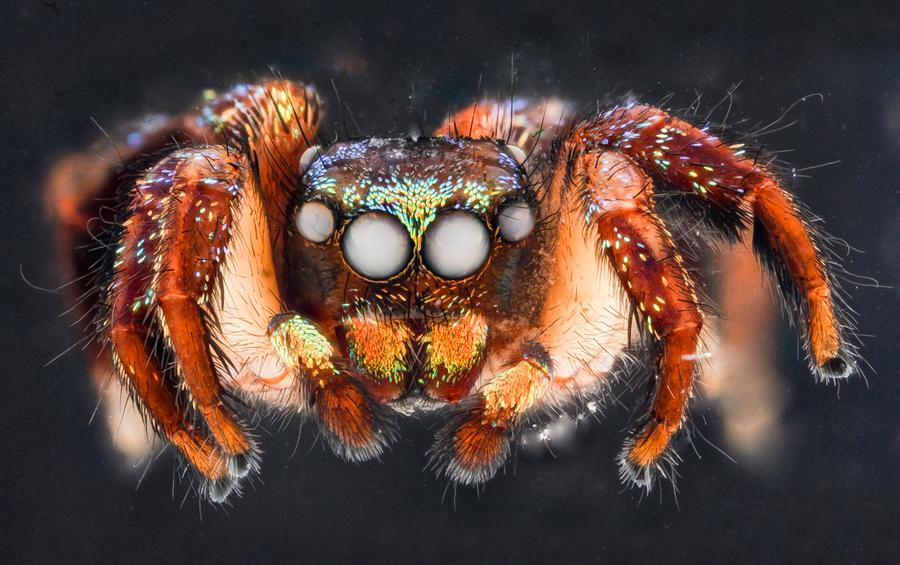
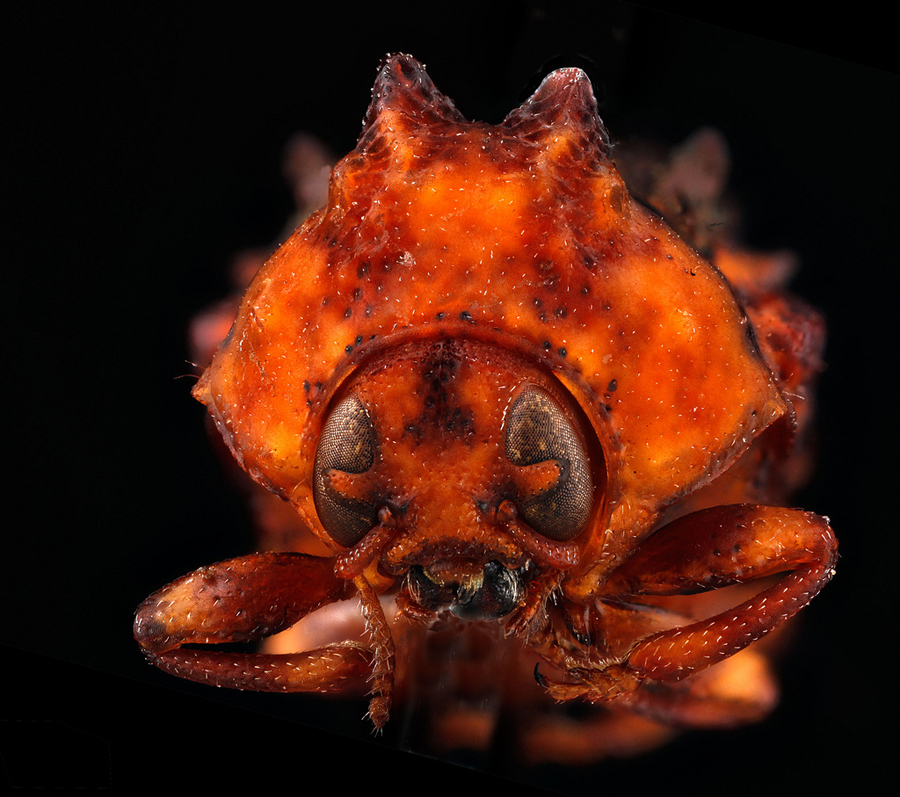
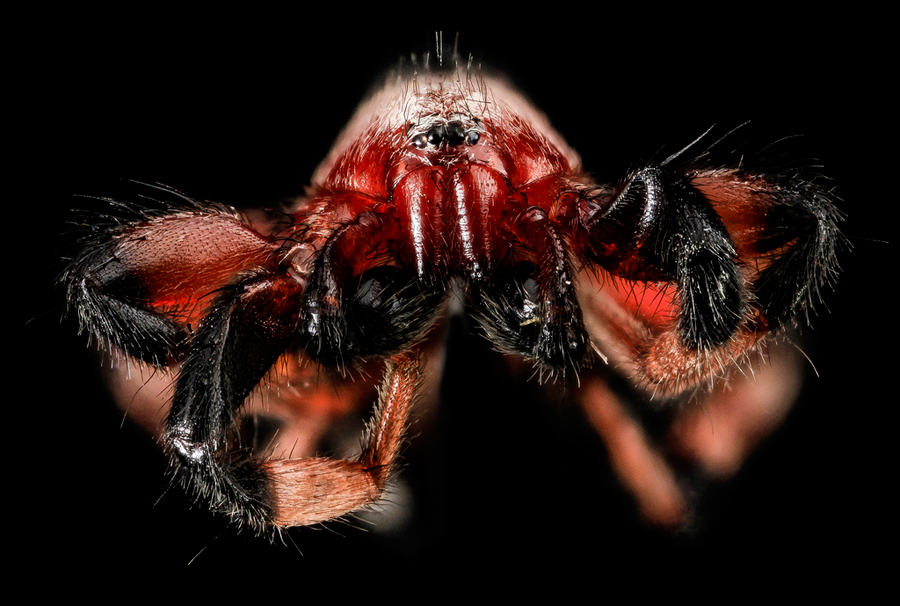
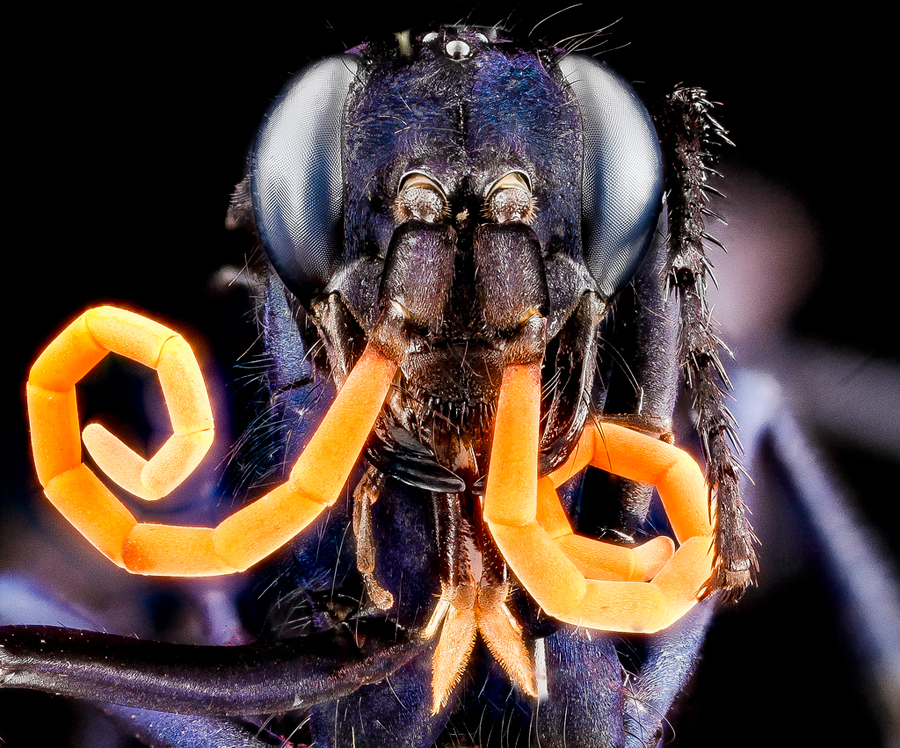
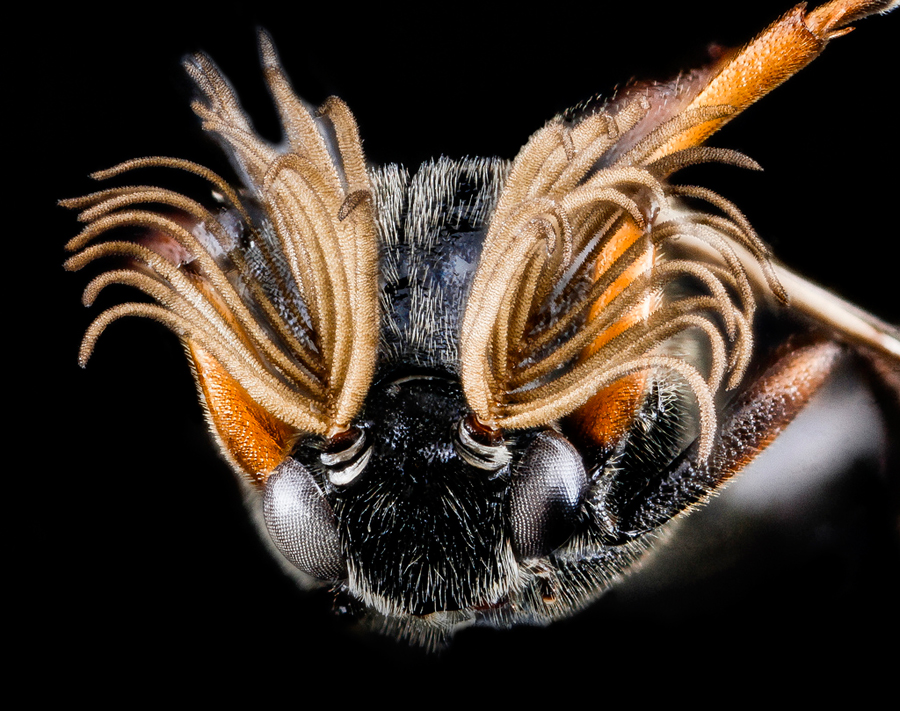
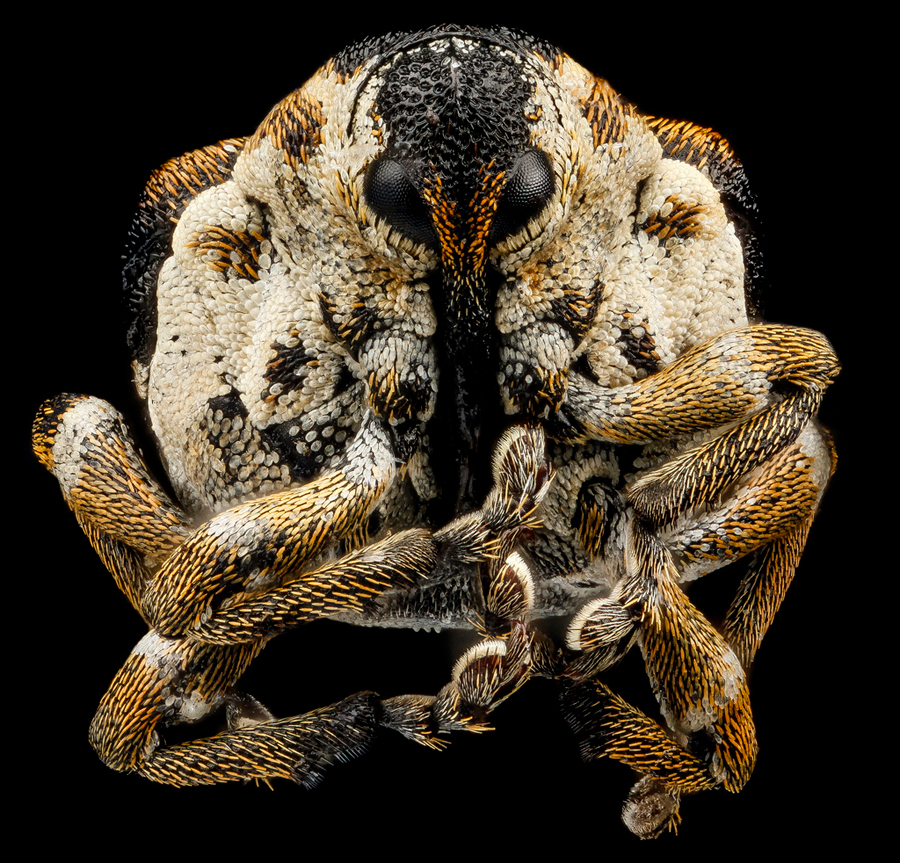
All images are in the public domain and available courtesy of the USGS Bee Inventory and Monitoring Lab on Flickr.
A free daily email with the biggest news stories of the day – and the best features from TheWeek.com
Kimberly Alters is the news editor at TheWeek.com. She is a graduate of the Medill School of Journalism at Northwestern University.



